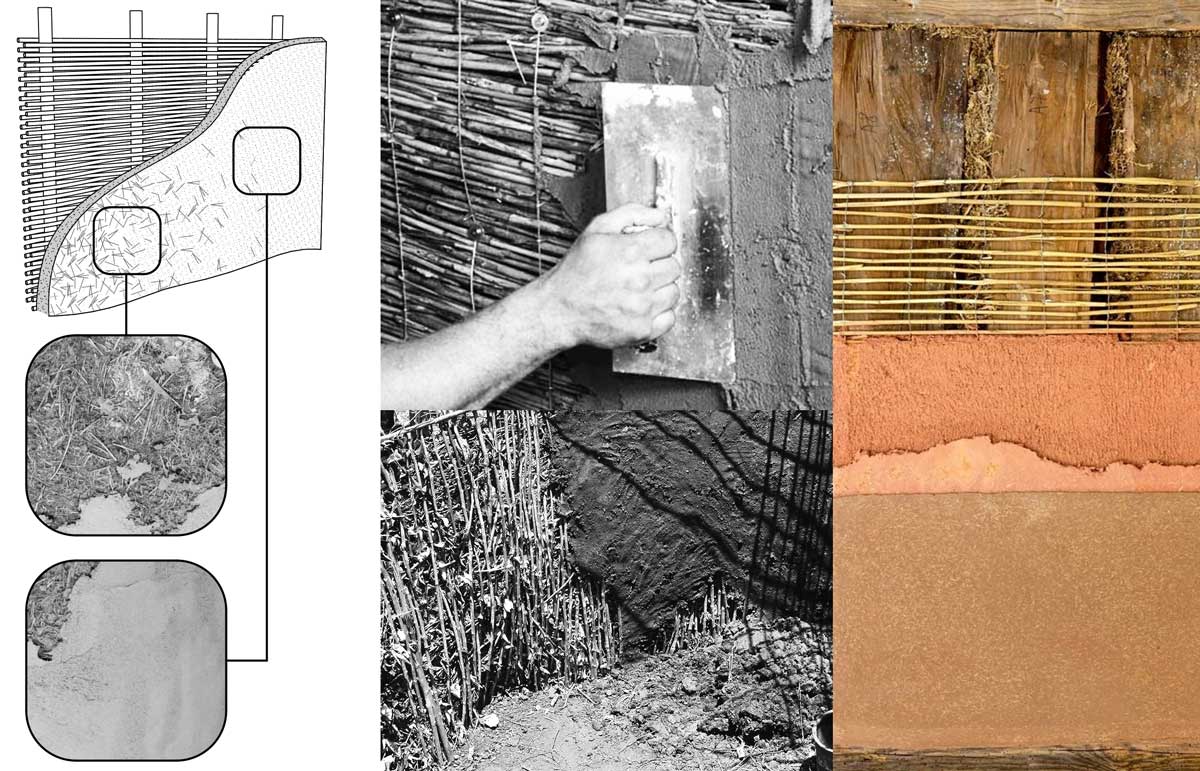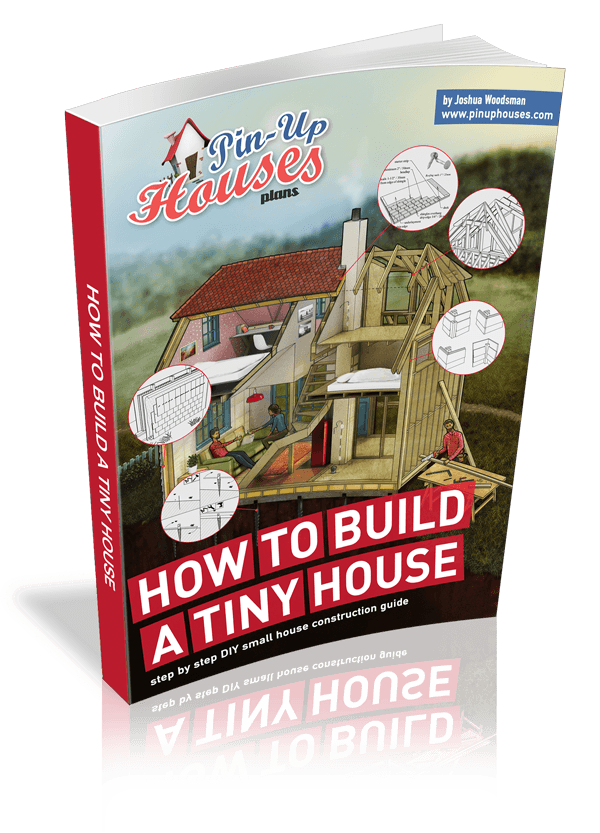
Siding makes a vast majority of your small house not only by the visual side but also from the functional point of view. We are introducing the common types of them step by step here for you. In this category of siding materials, we will have a closer look at the ones that include various covers made with strictly natural resources – twigs, straw, leaves, etc. This article was created with the advice and help of Dallas Siding Pros, an established siding company in Dallas, TX.
A light piece of history
These have always been the traditional materials, still abundantly represented in many parts of the world. This type of traditional structure has more or less disappeared in the cooler, richer parts of our world due to technological advancement. It has been replaced by global materials that keep pushing regional materials out of the remaining corners as well.

If you wish to stand out and are building for pleasure and for the joy of it, you can use natural materials from around your building. This will make your house a part of the local context, the shed will be inconspicuous and its character will merge with the environment perfectly. If you build a hut in Oceania, or Asia, use bamboo; in Europe, the traditional materials include straw, reed or grass while the Caribbean features interwoven palm leaves.
Woven palm leaves
Woven palm leaves may form a good siding for a tiny weekend hut. The woven palm leaf structure lasts for about 7 years and must be continuously adjusted and added to. The individual leaves must be tightened properly up when weaving. The final structure is of aesthetic interest and decorative in itself.

Reed / bamboo mat
Reed mats are a good shading feature. In combination with other materials incorporated in the walls, they also act as good thermal and sound insulation. Reed base holds undercoat plaster, whether cement-lime or traditional clay plaster, well. The mats are connected with strong thread or wires at multiple points. Mats can simply be nailed to the base with fasteners, clips or even staples. Reed mats are available almost anywhere in the world; so they meet the requirements for inclusion in the global material family.

Clay plaster
Clay plasters have been put on human dwellings since time immemorial. The first clay soils adorned the cave entrances. Then the first huts and sheds had their walls coated. Soil is the blood of the Earth and contact with the medium connects us with our early history. Many pre-prepared clay mixes are available; however, the most authentic method is preparing clay plaster with the materials gathered in immediate vicinity of the house. Clay plasters are suitable for both interior and exterior of your building.
The undercoat – base plaster is prepared by mixing water, clay soil, sand, and chopped straw or hemp, or even manure. Practically all ingredients can be replaced by local alternatives. Each of them serves a specific purpose. Sand reduces shrinking of the soil, straw or other stiff components form the skeleton and prevent cracks. The plaster is applied to the wet base of twigs, branches, jute, or for instance masonry.
The top layer – finish plaster is prepared for example by mixing good-quality clay soil with sifted sand. You can add various natural pigments and adjust the final façade colour. You can even apply various natural dyes to the completed surface.

Bamboo walls
Bamboo is a material which can be split into strips of varying widths. It is the traditional construction material of most Asian cultures. It can serve as the base for clay plasters and is widely used as a flooring, too. Similarly to reed, bamboo is also sold in the form of mats and can be used in a similar manner. You can also encounter bamboo in the formwork for concrete walls to imprint its interesting structure in the wet concrete.

Woven walls
These can be interwoven, sunk in the ground, anchored to the load-bearing structure in various directions. Practically any twigs including bamboo or reed can be used as material for woven walls. To improve flexibility of the twigs during assembly, they should be soaked for a few hours; the twigs are then less susceptible to breaking. Thin wooden profiles can also be woven as shown by the picture. The structure could form a part of partition walls as well as load-bearing perimeter walls. Undercoat plaster layers stick well to such woven surfaces.

The options are nearly endless and having the tiny house built from natural materials makes you a better person too. While choosing this path to walk on, you might be also interested in other tips how to make your small home more eco-friendly.
Wishing you good luck building your dream and let us know how you’re doing – we are curious! Leave a comment below or contact us directly. We are sure you can pick the right small house for yourself!









